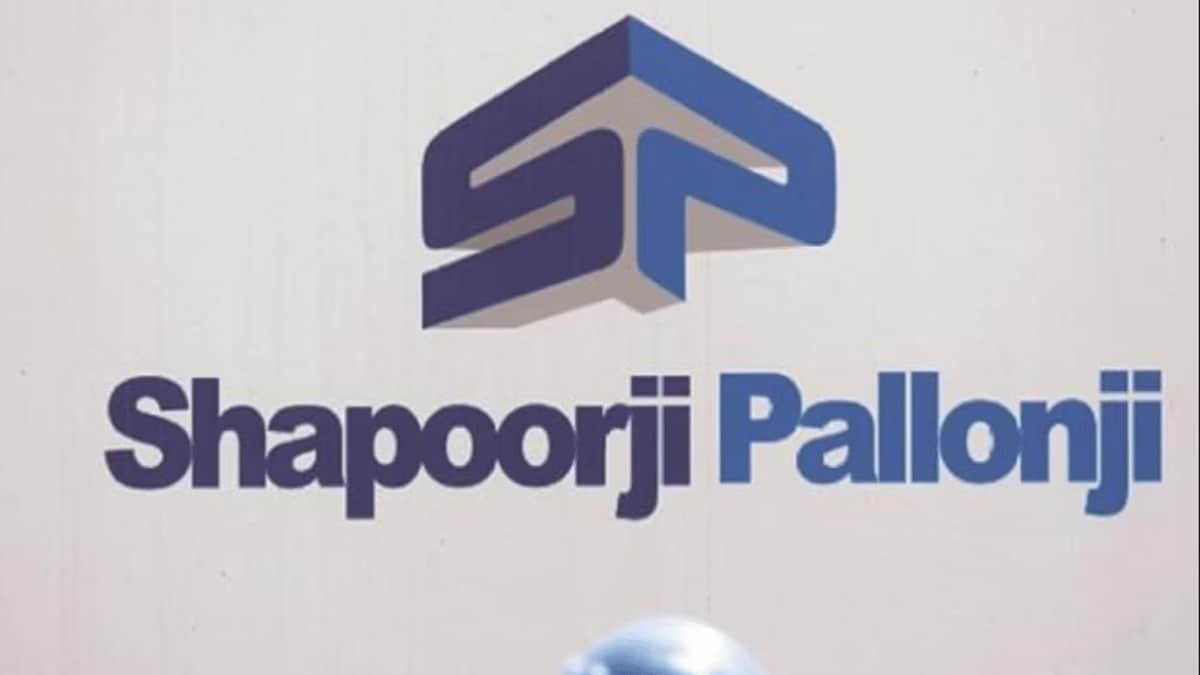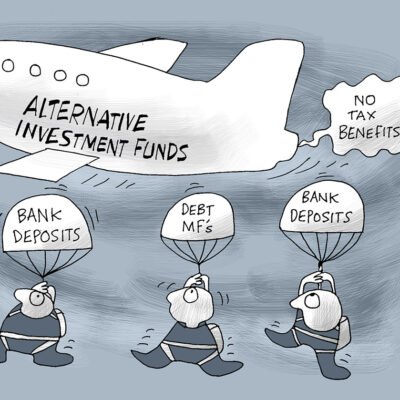The ongoing fundraising efforts of the 160-year-old Shapoorji Pallonji (SP) Group may allow it to tide over the immediate debt crisis, but experts said it’s time that the group focuses on a long-term solution.
“Refinancing will just change the goal post but it doesn’t really solve the problem unless they do some big-ticket land sales or a public listing of its real estate arm. The other option is sale of Tata Sons stake,” a senior banker said. The last one, however, looks like a remote possibility, given the stand of Tata Sons on the issue. Shapoorji Pallonji owns 18.4% stake in privately held Tata Sons.
The $5-billion group’s debt rose to Rs 45,000 crore in March 2020 due to high-cost construction projects and working capital shortage during the Covid pandemic. But it came down to Rs 19,724 crore in March 31, 2024 after the group sold Eureka Forbes, Gopalpur Port and so on.
But the problem is the maturing of Rs 33,540 crore debt facilities between March 2025 and April 2026. The group is now in advanced talks with a number of global private credit funds including Davidson Kempner, Varde Partners and others to raise as much as $ 3.3 billion to refinance the debt facilities which are maturing.
In 2021, SP Group promoter entity Sterling Investments (SIPL) had raised $2.6 billion (nearly Rs 19240 crore) from Ares SSG and US hedge fund Farallon, pledging a 9.1% stake in Tata Sons and some real estate assets. This debt is maturing is March 2025.
In June 2023, Cyrus Investments (CIPL), a subsidiary of SP Group promoter entity Goswami Infratech, raised another Rs 14,300 crore at 18.75% against a 9.18% stake in Tata Sons as collateral. This facility is maturing in April 2026.
A mail sent to SP Group did not elicit any response.
“Theirs is not solvency issue but a liquidity issue,” bankers said.
They said the group would have to borrow from global funds at 14 to 15%, much higher than the prime borrower groups who are getting at 9 to 10%. A source in the group agreed cost could be higher but said since they had come out of onetime restructuring, their focus is on cleaning up the balance sheet.
The group opted for a one-time resolution offered by the Reserve Bank of India in 2020 to address its debt. The group exited the OTR plan by March 2022 by repaying Rs 12, 450 crore to lenders. This was the largest OTR in the country and was the first one to fully repaid within a year.
The failure of the SP-PFC refinancing talks complicated matters. SP was in talks with PFC for $2.4 billion refinancing but the lender turned down the deal saying it was a new sector for it to fund. “They would have got PFC debt at 12.5%,” they said.






